
If you’re looking for an easy way to add some extra nutrients to your diet, then simply eating more green leaf lettuce is a great way to do so.
This delicious and versatile vegetable provides a range of health benefits, from improving heart health to reducing inflammation – which you’ll thank yourself for in the long run.
And for a good reason – green leaf lettuce is packed with nutrients that include a great source of essential vitamins and minerals too
So why not add a few simple handfuls of this nutritious veggie to your next salad or sandwich?
But let’s get into more of the details why, and we’ll start with some basic facts on the humble lettuce.
Table of Contents
What is Lettuce?
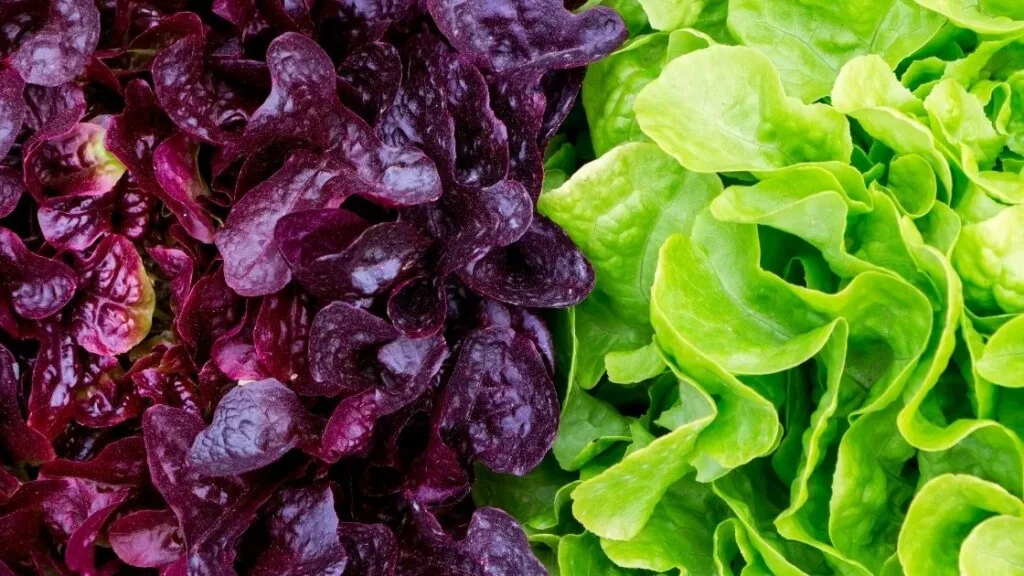
Lettuce is a simple leafy vegetable to grow and doesn’t require high temperatures to keep from blossoming. It can be cooked on a barbecue grill and is crunchier than cabbage. It’s also a member of the daisy family and has less water than cabbage.
History of Lettuce
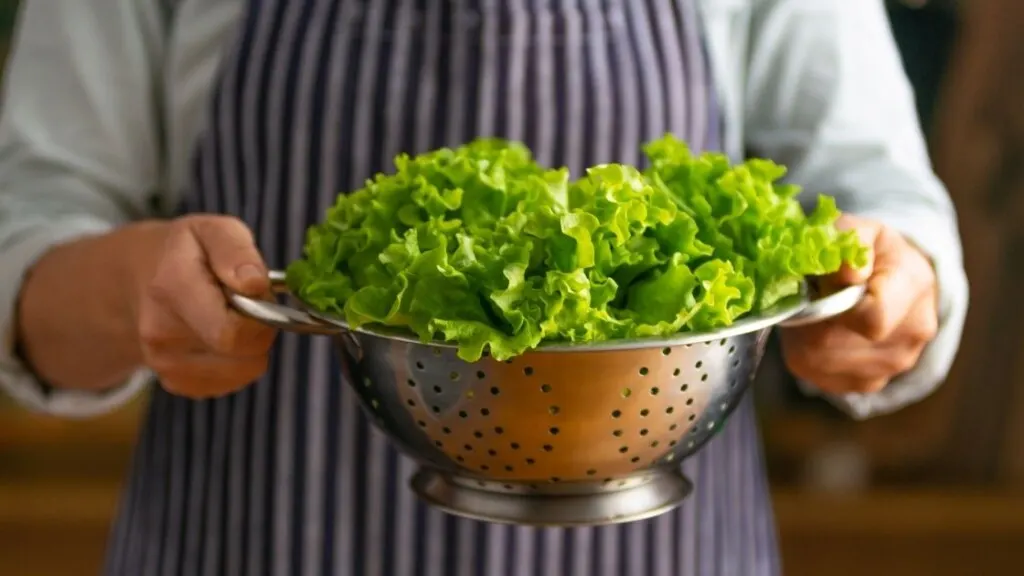
Lettuce has been around for a long time. It was initially cultivated in ancient Egypt and extracted oil from its seeds. Here is evidence of the plant existing as far back as 2680 BC.
The Lettuce plant is also mentioned in medieval writings dating from 1098 to 1179. It was described as a medicinal plant in particular.
Lettuce traveled from Europe to the Americas with Christopher Columbus. in the 18th and 19th centuries, people wrote about all kinds of lettuce.
5 Health Benefits of Eating Green Leaf Lettuce
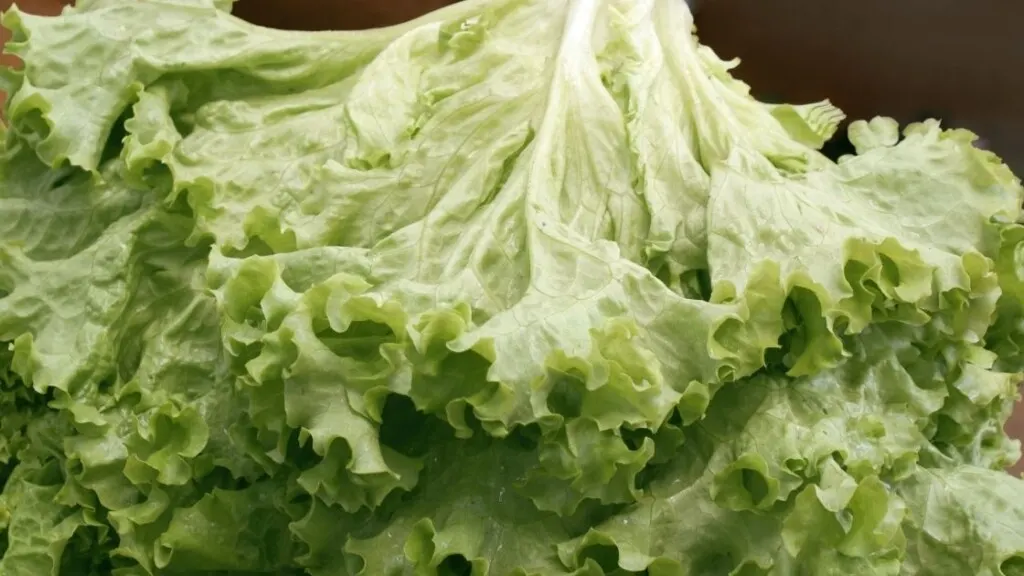
The Academy of Nutrition and Dietetics says that green plant leaves provide more nutrients for little kids who may be picky eaters.
The green leaf lettuce is a nutrient-dense alternative with a less harsh flavor than other greens.
Here are some of the advantages of eating lettuce in its natural state daily.
1. Purported To Help Fight Cancer
Lettuce is a nutrient-dense food that contains high amounts of fiber and folate. It can help protect against cancer by providing your body with these nutrients, which are beneficial in preventing certain types of cancers from occurring!
2. Vitamin C
Green leaf lettuce also contains a good amount of vitamin C. One cup has 10 percent of the daily value, which means you may be able to get your entire day’s supply from a salad that includes one serving. Vitamin C is an antioxidant that bolsters immunity by protecting cells against free radicals and toxins damage.
It also improves iron absorption by speeding up the red blood cells’ rate. Vitamin C is needed to maintain collagen, the protein that holds tissues together, and it’s essential to wound healing. one cup of shredded green leaf lettuce contains 2.4 milligrams of vitamin C; that’s about 10 percent of the recommended dietary allowance.
3. Folate
The same serving of green leaf lettuce that provides 88 percent of your daily value of vitamin A also contains about 10 percent of the dietary allowance for folate (vitamin B-9). Folate is needed to produce DNA and red blood cells.
It’s often taken as part of prenatal vitamins because it lowers the risk of congenital disabilities. Folate is also needed to synthesize dopamine, a neurotransmitter that helps control pleasure and motivation. One cup of shredded green leaf lettuce has .4 micrograms of folate.
4. Iron
Green leaf lettuce contains iron, which plays several roles in keeping your cells healthy and helping you fight infection. Iron is a vital component of the proteins that transport oxygen in your blood, and it’s needed to make DNA and thyroid hormones.
Our cells’ ability to produce energy is compromised when you don’t get enough iron, and iron deficiency can cause anemia, which leaves you feeling fatigued. Whole grains and beans contain phytates, which reduce iron absorption.
5. Vitamin K
Green leaf lettuce is a good source of vitamin K. A cup of shredded green leaf lettuce has about 110 percent of the daily value for vitamin K, which plays an essential role in blood clotting and bone health.
It’s also vital for synthesizing osteocalcin, a protein involved in calcium absorption.
Vitamin K deficiency has been linked to arterial calcification, leading to atherosclerosis and heart disease.
Recipe ideas for lettuce
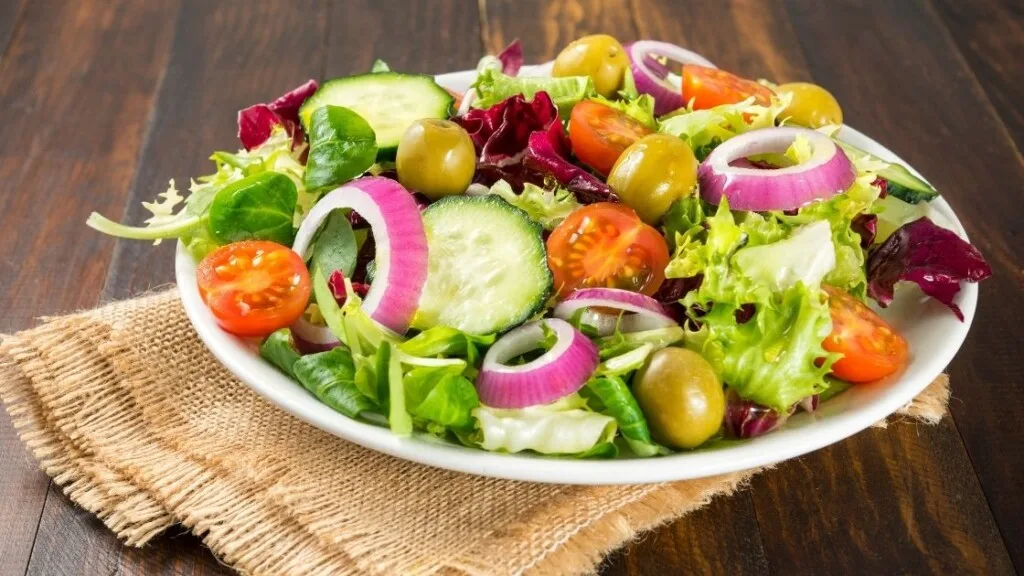
It’s time to stop fearing lettuce and start loving it. These recipes show why salads don’t have to be boring, especially when the lettuce is the star of the show.
Here are three of my go-to Salad Recipes
1. classic Green Salad
Ingredients:
One head of lettuce (choose your favorite variety), 1/2 cup of croutons,1/4 cup of shredded cheese,1/2 cup of your favorite dressing
Instructions:
- Start by chopping your head of lettuce into bite-sized pieces.
- Add the croutons, cheese, and dressing to the bowl and mix until everything is covered.
- Serve and enjoy!
2. Mediterranean Salad with Feta Cheese and Olives
Ingredients:
1/2 cup of feta cheese,1/4 cup of sliced black olives,1/2 cup of croutons,1/4 cup of your favorite dressing
Instructions:
- Start by chopping your head of lettuce into bite-sized pieces.
- Add the feta cheese, sliced black olives, and croutons to the bowl and mix!
3. lettuce Salad with Tomatoes, Feta, and Olives
Ingredients: 2 tablespoons chopped fresh dill, 1/2 cup crumbled feta cheese, two tablespoons olive oil, three tablespoons lemon juice or white wine vinegar, salt, and pepper to taste 4 cups chopped lettuce.
Instructions:
- In large salad bowl, combine the dill, feta cheese, olive oil, and lemon juice (or white wine vinegar)
- Add salt and pepper to tastes
- Add the chopped lettuce until all of it is covered with a dressing
- Serve at once or cover and chill in the refrigerator before serving.
Where To Find Lettuce And How To Store It without it going Bad
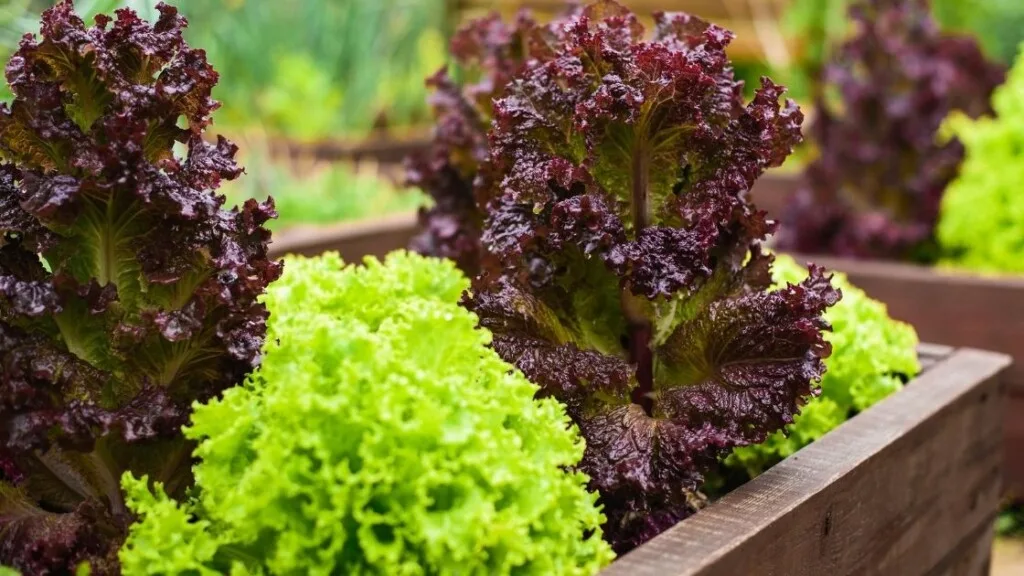
Lettuce is a widely available vegetable found at many grocery stores and supermarkets year-round. It is usually sold in head form but is sometimes used as an herb or garnish. Lettuce needs to breathe well, so you always need to store it away from other vegetables that emit gasses, such as onions or potatoes, to prevent it from wilting.
Store lettuce in the crisper section of your refrigerator for up to five days.
Green leaf lettuce is a great way to get your daily dose of vitamins A and K, as well as some B-Vitamins.
It’s one of the only greens that contain vitamin C. You can find this vegetable at any grocery store or supermarket during cold months.
You can store green leaf lettuce in the refrigerator for five days maximum before using; otherwise,e scissors will let all those nutrients go down contaminated with bacteria.
Which ruins its taste while still providing less nutritional value than they should have had if grown optimally inside shop drawers rather than inside refrigerators.
Key Points About Green Leaf Lettuce:
If you’re looking for a light and refreshing salad, green lettuce is the way to go. And now you also know the benefits of lettuce.
From increasing your vitamin levels to helping with weight loss goals, there are plenty of reasons why it’s a good idea to include this food in your diet.
It’s easy to prepare and has lots of great health benefits like increased vitamin C levels, and it contains high levels of antioxidants. I’ve gone over all the healthful properties of lettuce and some delicious recipes for incorporating them into your meal plan; hopefully, you’re feeling empowered and ready to start eating more vegetables regularly.
Next time you make a salad bowl or need some lettuce in your sandwich, try using fresh green romaine!


Leave a comment